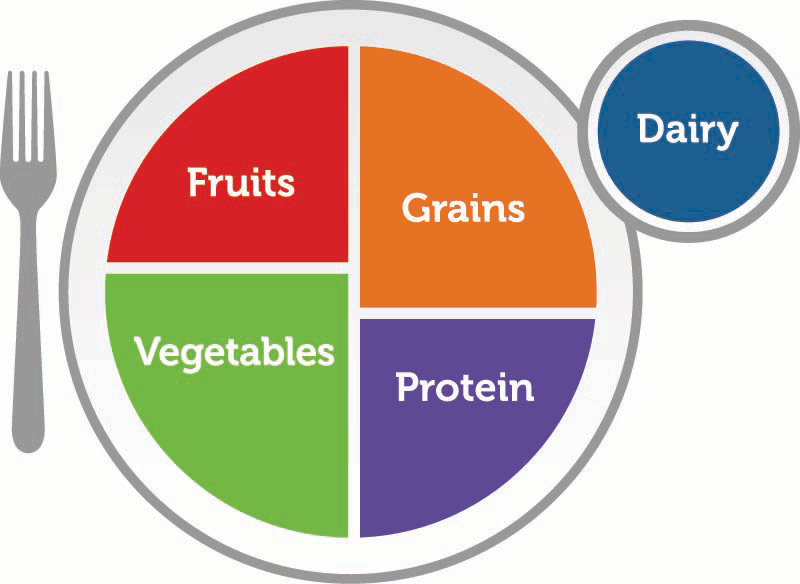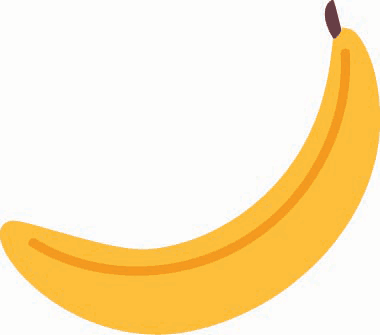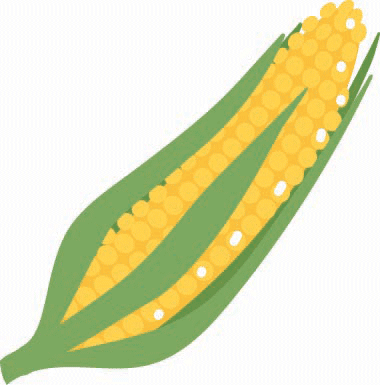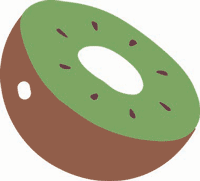Revised
Editor’s note
You can read this publication on this page or download the PDF.
See the companion publication N1043, Build a Healthy Plate Handout.

This poster highlights key messages of the dietary guidelines, including eating more fruits, vegetables, whole grains, and lower-fat dairy products; eating less sugar, fat, salt/sodium; varying protein choices; and balancing calories for weight maintenance. Using food labels to make better food choices and being physically active are also addressed.
The printed poster is 36-by-24 inches, printed in color on high-gloss poster stock, and rolled and shipped in a tube.
See poster content below.
Build a Healthy Plate

Fruits and vegetables

- Fill half your plate with fruits and vegetables.
- Brighten your plate with color – go for variety.
- Fruit doesn’t have to go on your plate. It can be a great after-dinner dessert!
Dairy
- Choose low-fat options when possible.
- Watch out for added sugars in flavored milks and yogurts.
- Try lactose-free or soy milk as an alternative if you have trouble with dairy.
- Choose water, unsweetened tea, or low-fat milk over sugary drinks.

Grains
- Make at least half your grains whole.
- Keep portion sizes to ¼ of your plate.
Protein foods
- Vary your protein choices.
- Choose fish or seafood twice a week.
- Keep meat portions small and lean.
- Don’t forget plant foods like beans, peas, soy, nuts, and seeds!
Choose foods and beverages with less added sugars, saturated fat, and sodium
Limit:
- Added sugars to <50 grams a day
- Saturated fat to <22 grams a day
- Sodium to <2,300 milligrams a day

Snacks
Snacks are important too! Try to include at least two food groups when you have a snack.